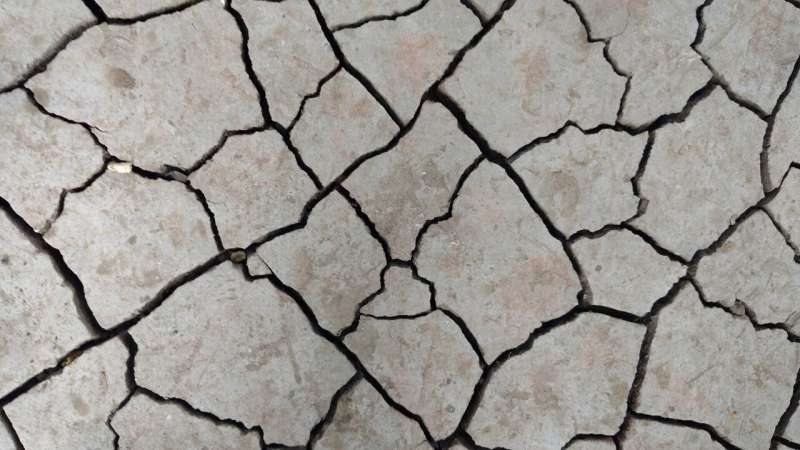This article has been reviewed according to Science X's editorial process and policies. Editors have highlighted the following attributes while ensuring the content's credibility:
fact-checked
trusted source
proofread
How biocrust influences bacterial communities in both biocrust and subsoil layers

Biocrusts, known as the "desert skin," includes communities of cyanobacteria, algae, fungi, bacteria, lichen, and mosses. They can mediate both the physical and biological environments of dryland ecosystems.
Microbial communities play a critical role in maintaining the function of ecosystems and may be an important indicator of the recovery of biological communities. However, the subsequent dynamics of bacterial communities in both biocrusts and subsoil remain largely unclear.
A research team led by Li Xinrong from the Northwest Institute of Eco-Environment and Resources of the Chinese Academy of Sciences selected a long-term (65 years) restoration succession sequence on the southeastern edge of the Tengger Desert to explore factors that determine changes in subsoil bacterial communities. The study was published in Plant and Soil.
The researchers used diversity assessments and molecular ecological networks to reveal relationships between the diversity, complexity and stability of soil bacterial communities and changes in both biocrust and subsoil layers.
They found that bacterial diversity and bacterial dissimilarities in both biocrusts and subsoil increased with vegetation restoration over time, positively impacting soil quality and functions.
Bacterial community diversity is generally used to identify successional stages of biocrusts, and higher bacterial community diversity is associated with more stable and developed successional biocrust stages.
In addition, biocrust and subsoil recovery did not increase linearly with time, but were highly dynamic processes, with fluctuations being an unavoidable feature of ecosystems, especially in semi-arid ones. This also emphasizes the important role of biocrusts as mediators of soil microbial communities.
"Our study not only reveals the succession process of the bacterial community in biocrust and subsoil, but also provides further understanding of the regulatory mechanism of soil bacterial community," said Prof. Li.
More information: Song Guang et al, Biocrust mediates the complexity and stability of bacterial networks in both biocrust and subsoil layers in the Tengger Desert, Plant and Soil (2023). DOI: 10.1007/s11104-023-06071-x
Provided by Chinese Academy of Sciences


















